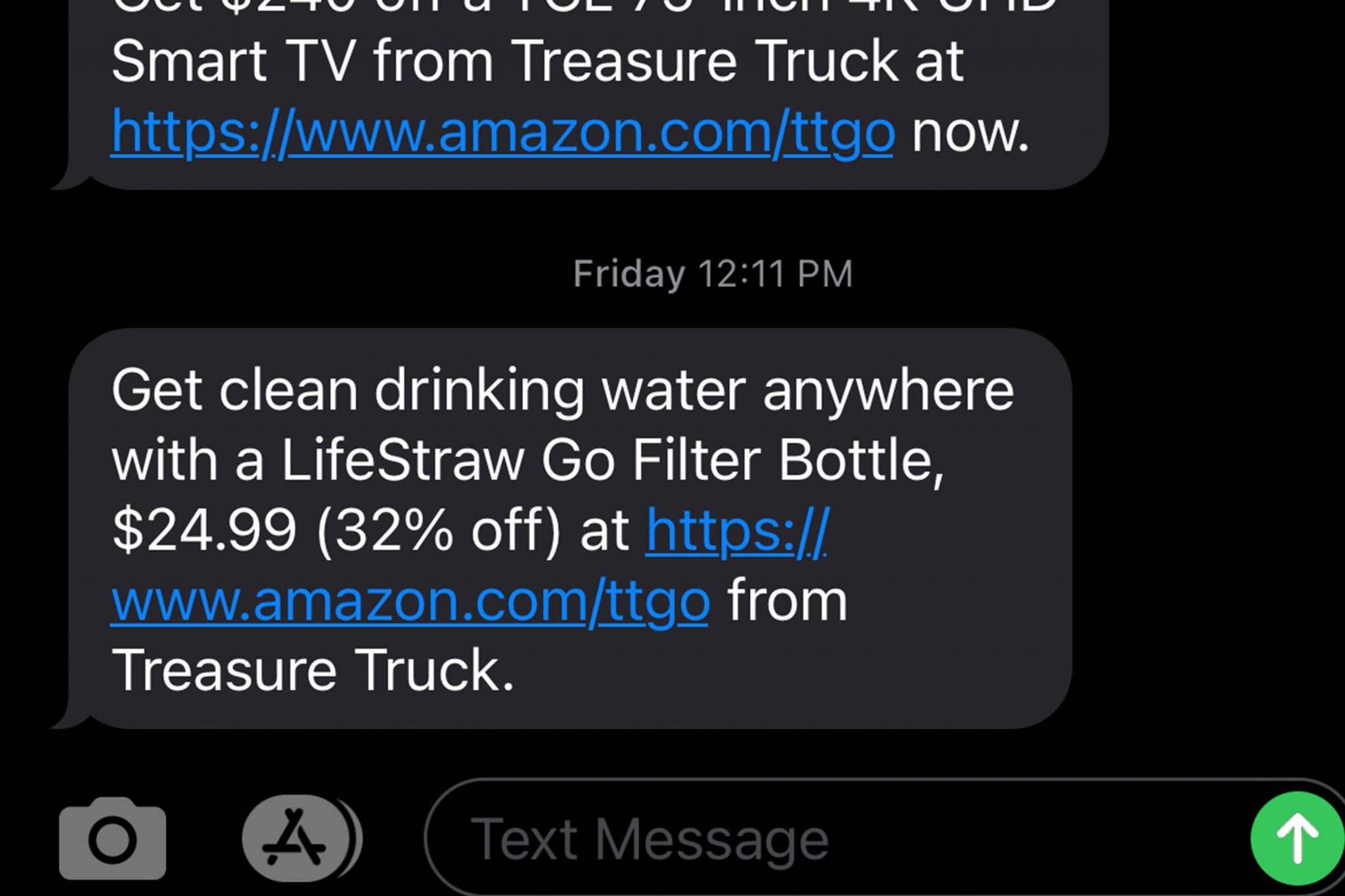This time last year, marketers were confidently ramping up their 2020 strategies, blissfully unaware of the great shifts to come in the following months. After overcoming challenge after challenge, it’s safe to say many of us entered 2021 a little bit wiser. Marketers are proceeding with caution as they implement fresh strategies for the new year but are still maintaining an overall sense of optimism.
Even amidst the uncertainty and constant change, a handful of tactics emerged as the new norm for the digital marketing landscape ahead, quite possibly changing the way we approach marketing for good. Some trends, such as influencer marketing, were already on the trajectory for success. However, there are some tactics you may not have considered yet.
Get in the habit of being proactive versus reactive in the months ahead with these marketing trends and tips.

Put E-Commerce Front & Center
Most businesses have already made the necessary shifts to accommodate consumers in a socially-distanced setting by implementing delivery and pickup options, limited-store capacities, and mask mandates. However, the pandemic isn’t over and we can expect to see its effects for years to come. Retailers should explore every opportunity they can to reach their customers online. This means running a tight ship when optimizing your e-commerce website for sales.
One advantage digital marketers can reap from e-commerce becoming a preferred method of shopping is the new wellspring of insightful data at their fingertips. Be proactive about the data you obtain from your e-commerce websites and what you intend to do with it. Engaging shoppers in-store will prove to be difficult this year, so marketers are putting an emphasis on personalized online shopping experiences to help capture attention. Data is key to personalization, so make sure your website events are set-up and firing properly in Google Analytics.
Mobile devices will also play a big part in shopping. Mobile Commerce or “M-Commerce” isn’t a new concept by any means but if it hasn’t been a priority for your business, now is the time. A recent study shows that as of June 2020, 59 percent of US adults prefer to shop using their mobile phone. The way consumers experience your website on mobile could make a big impact on your conversion rates.

Leverage Social Shopping
Last year, Facebook and Instagram took social shopping to the next level by launching new e-commerce features that make shopping from home easier than ever. Some of these features include:
- Instagram Shops with Facebook Pay
- Live Shopping
- IGTV Shopping
Brands that have adopted these tools and mastered creating content with them will fare well in 2021. Video content will be incredibly impactful for consumers, giving them the opportunity to virtually window shop. Consider doing demonstrations of your products and services with IGTV and Live Shopping.
Get creative when thinking about accommodating customers who feel most comfortable shopping from home. Adopting these marketing trends will set your brand apart from those who don’t make video content and social shopping a priority. Trust us; your audience will thank you.

Stay in Touch With Email & SMS Marketing
Email will continue to play a huge part in communicating with your brand loyalists, as it has since the start of the pandemic. That said, many consumers are overly-inundated with email promotions and updates since the population is spending more time online.
Your 2021 email marketing campaigns are up against a lot of noise, so it’s important to make each email count. You can put your best foot forward by making sure all of your email designs are optimized for mobile, your content is visually engaging, and your emails are sent sparingly.
One surprising method of communication is also rising in popularity this year: SMS Marketing. If reaching your audience by text message initially has you feeling skeptical, we get it. However, it’s hard to ignore an average open rate of 98 percent.
SMS is great for timely promotions and new product announcements. The key here is to always ask users to opt-in to receive text messages from your business, then keep your messages short, sweet and infrequent.

Gain Trust with Influencers
As budgets tightened in 2020, consumers made it a point to only put their dollars towards their favorite brands. Keeping your brand loyalists happy is only one part of the puzzle, but what about connecting with new potential customers? Sure, paid social and display ads have historically been a standard for marketers, but we say don’t be so quick to put all of your eggs in one basket.
Although this marketing trend is far from new, consider working with a social media influencer this year. Niche content creators are the keyholders to your brand’s highly-targeted fanbase but don’t just take our word for it. Studies show that 73 percent of marketers are shifting more of their budget towards influencer marketing initiatives. That same research states that 60 percent of marketers believe influencer marketing showed more ROI than traditional advertising.
These numbers should come as no surprise. Influencers possess the power of, well… influence. This marketing tactic works because there is an established level of social trust between an influencer and their followers. When they produce content in partnership with brands, it feels less scripted and more authentic. Any clever marketer knows that your brand needs to be wherever your audience is. The pandemic has led to consumers spending more time engaging with their favorite content creators on social media. In response, marketing budgets have shifted.
With the addition of various e-commerce social media features, influencers are getting more creative than ever when it comes to partnering with brands. Last year, Instagram released the new Guides feature, which initially was only available to health advocates looking to share resources about COVID-19. Now that feature is accessible to all users, we are seeing more influencers leverage this tool as they partner with their favorite brands. We expect to see curated product guides via Instagram from influencers across numerous niche industries.
The Bottom Line
If there is one lesson to be learned from the year 2020, it’s that your marketing strategy can change at the drop of a hat. Consumers are still comfortable purchases, despite their concerns surrounding the economy and job stability. However, what’s different is the way they are making those purchases. Adaptability is the theme for 2021. Thanks to e-commerce and social media marketing trends, accommodating consumers who choose to shop from home is easier than ever.








